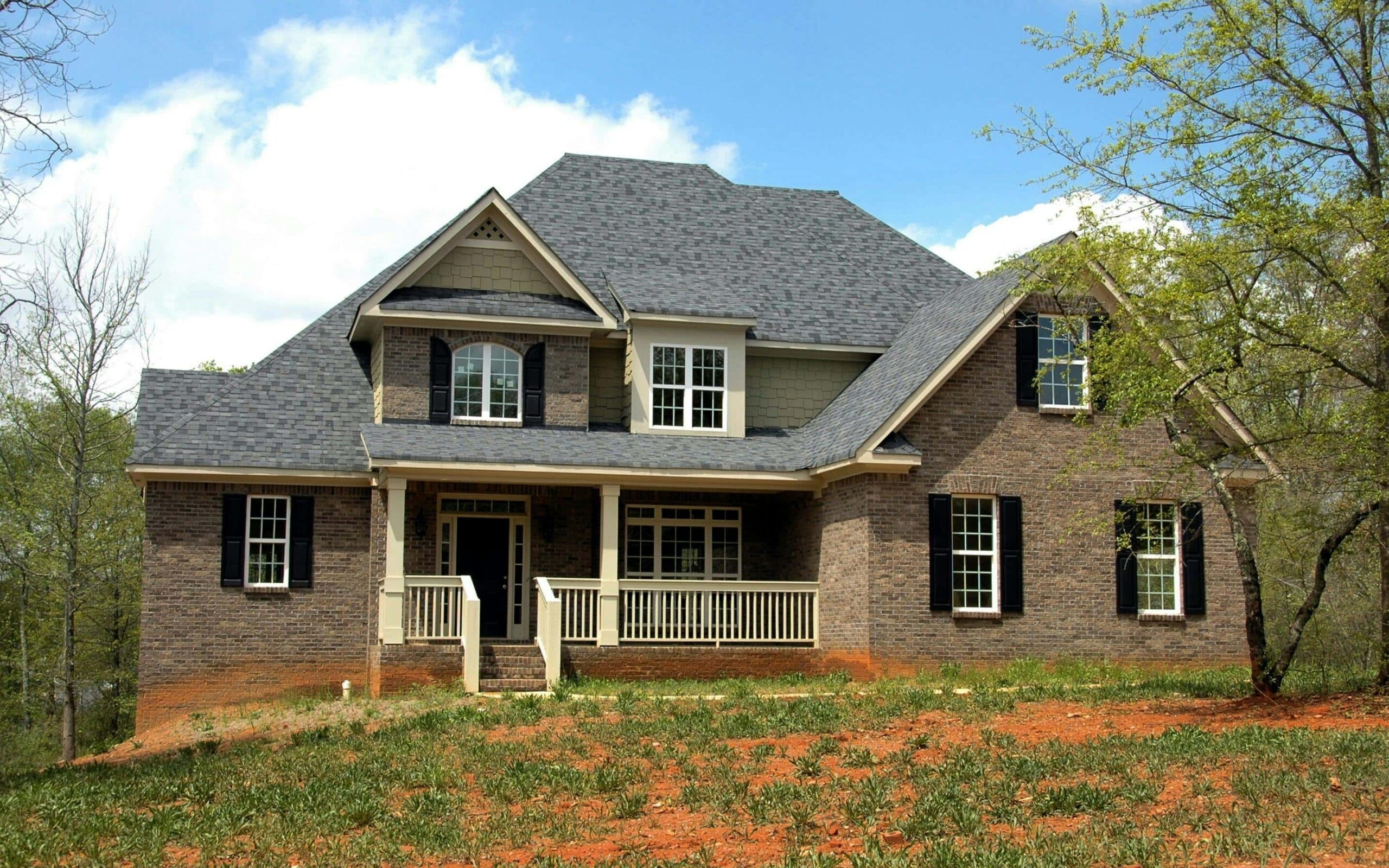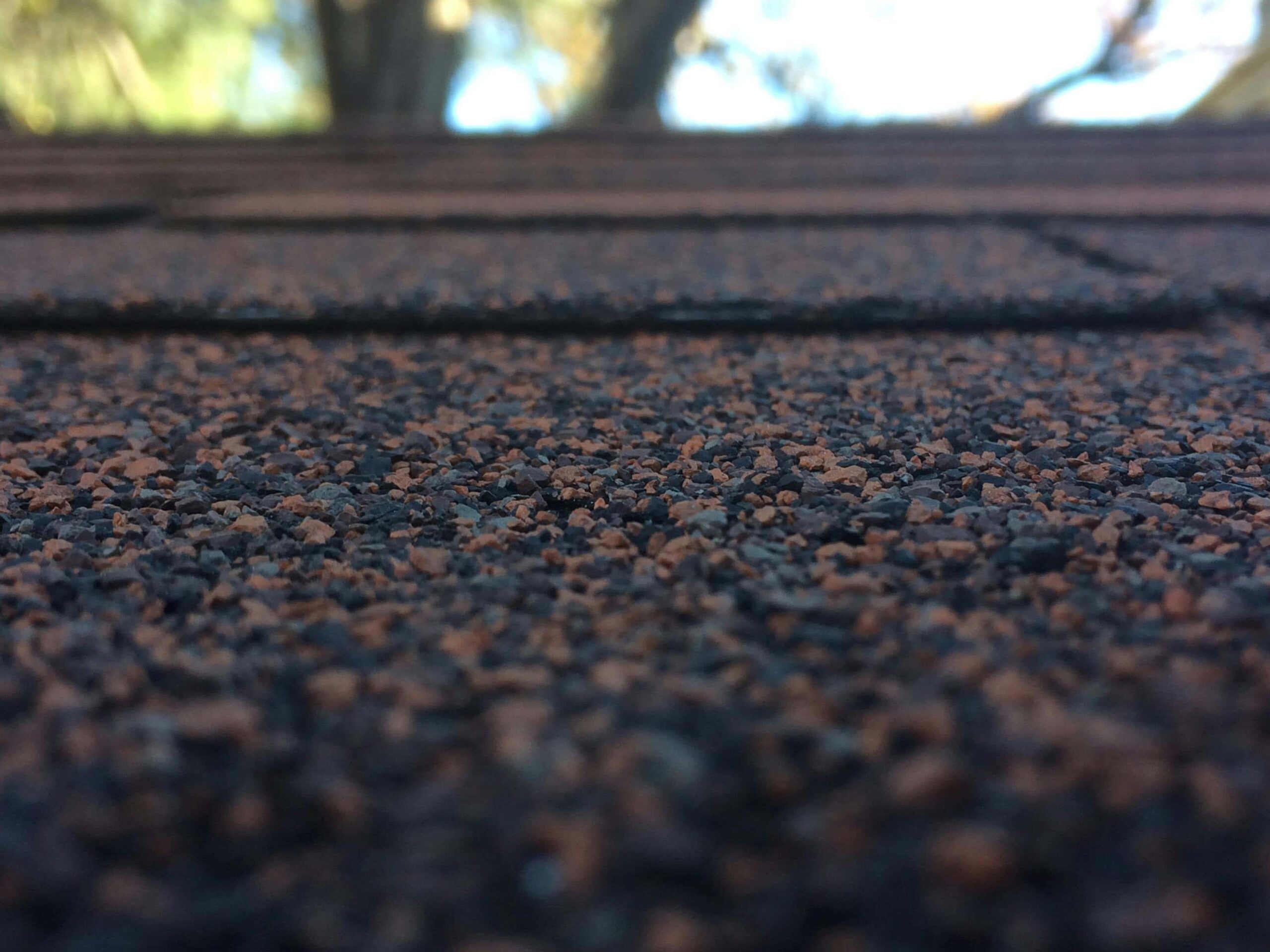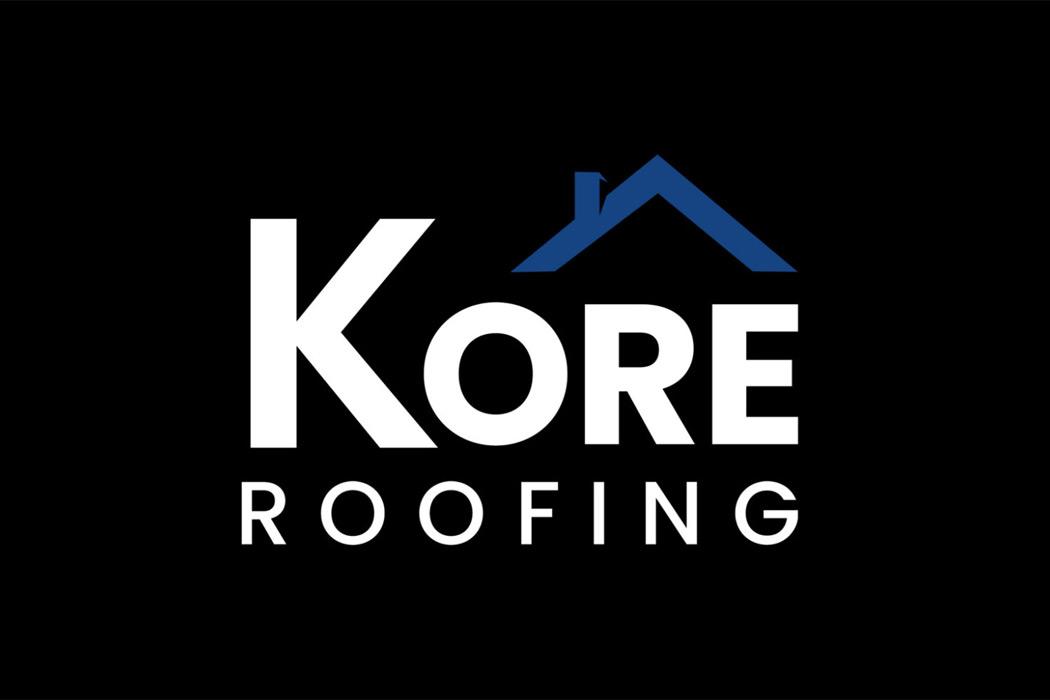Owning a home in Arizona means basking in sunny skies, but it also means dealing with the unique challenges posed by the state’s extreme climate. One vital part of your home that takes the brunt of Arizona’s harsh weather is your roof.
Understanding how long roofs are good for in Arizona—and how to maximize their lifespan—can save homeowners both time and money.
This guide explores common roofing materials, factors affecting their longevity, signs your roof may need attention, and actionable tips to help you get the most out of your roof.
Factors Affecting Roof Longevity in Arizona
The lifespan of a roof can vary greatly depending on various factors, such as the type of roofing material, installation quality, and maintenance. In Arizona, some additional factors play a significant role in determining how long your roof will last.
Here’s how the following factors impact the lifespan of roofs across the state:
1. Extreme Heat and Sun Exposure
Arizona is known for its scorching temperatures and constant sunlight, which can take a toll on roofs
Arizona’s environment is unlike most places in the U.S. with its intense exposure to UV rays and extreme heat. Arizona summers often exceed 100°F, and the intense ultraviolet (UV) radiation can cause roofing materials to degrade faster. Shingles might crack, tiles can weaken, and underlayment wears out more quickly under prolonged exposure.
As a result, roofs in Arizona are more prone to damage and wear than those in other regions. This is especially true for roofing materials that don’t fare well in extreme heat, such as asphalt shingles or wood shakes.

2. Monsoon Season
Arizona’s monsoon season is characterized by heavy rainfall and strong winds, which can also damage roofs.
When the intense summer heat mixes with sudden monsoons, it creates a perfect storm that can wreak havoc on your home’s roof.
The high winds can loosen or dislodge shingles or tiles, leaving your roof exposed to water leaks and potential structural damage.
3. Dust and Debris
Arizona’s dry climate means dust and debris are prevalent in the air. These particles can accumulate on roofs, causing clogs in gutters and downspouts, leading to water backup and damage.
Additionally, dust and debris can also settle on top of roofing materials, trapping moisture and accelerating the deterioration of the roof.
If left unaddressed, the resulting damage can shorten a roof’s lifespan substantially.
4. Poor Installation or Maintenance
Even the highest quality roofing materials won’t last long if they are poorly installed or not maintained regularly.
It’s essential to hire a reputable and experienced roofing contractor who understands the unique challenges of Arizona’s climate and can ensure proper installation. Additionally, regular maintenance, such as inspecting and repairing any damage or debris buildup, can significantly extend the life of your roof.
How Long Do Roofs Last In Arizona?
The choice of roofing material plays a significant role in how well it stands up to the Arizona climate.
Below is a breakdown of common materials and their average lifespans in the region:
1. Tile Roofs (Clay or Concrete)
- Lifespan: 40–50 years
- Notes: Tile roof life expectancy here is Arizona surprising does well. They are exceptionally durable and handles heat well, making them a popular choice for Arizona homes. However, replacing worn underlayment (typically every 15–20 years) is crucial to maintain their longevity.
2. Shingle Roofs (Asphalt)
- Lifespan: 15–30 years
- Notes: Affordable and easy to install, asphalt shingles can last a couple of decades with proper maintenance. However, they are more susceptible to cracking and UV damage in Arizona’s climate.
3. Metal Roofs
- Lifespan: 40–80 years
- Notes: Metal roofs reflect sunlight, making them energy-efficient and long-lasting in extreme climates. However, they can be dented during monsoons by falling debris.
4. Foam Roofs (Polyurethane)
- Lifespan: 20–50 years
- Notes: Foam roofing is lightweight and great for energy efficiency. Regular recoating every 5–7 years is necessary to preserve its integrity.
5. Flat and Built-Up Roofing Systems (BUR)
- Lifespan: 20–30 years
- Notes: Common on flat-roofed homes, BUR systems can handle the heat but may struggle with water pooling if not correctly maintained.
Signs of Roof Aging and Damage
Recognizing the signs of an aging or damaged roof can help you take action before it becomes a bigger issue.
Here are some common signs to watch out for include:
- Cracked, curled, or missing shingles/tiles: This could indicate wear from UV exposure or storm damage.
- Sagging or uneven roofline: This may be a sign of structural issues or water damage.
- Water stains or leaks inside the home: This could indicate roof damage that is allowing water to enter your home.
- Higher energy bills: A damaged roof can compromise the insulation in your home, leading to increased energy costs.
If you notice any of these signs or are concerned about the state of your roof, it’s best to consult a roofing professional for an roofing inspection.
Tips To Extend Your Roof’s Lifespan In Arizona
Fortunately, there are steps homeowners can take to extend their roofs’ lifespan and reduce the need for costly repairs or replacements.
- Schedule regular maintenance inspections: Regularly inspecting and maintaining your roof can help identify and address any issues before they become significant problems.
- Keep gutters and downspouts clear: Regularly cleaning out any debris or buildup in your gutters and downspouts can prevent water damage to your roof.
- Trim trees near the roof: Overhanging tree branches can cause damage to your roof during monsoon season. Trimming them regularly can help protect your roof from potential harm.
- Choose the right roofing material: As mentioned, certain roofing materials fare better in Arizona’s climate than others. Consult with a professional to determine the best option for your home.
By understanding the unique challenges that Arizona’s climate presents for roofs, homeowners can take proactive steps to extend their lifespan and protect their homes.

When to Consider Roof Replacement
Even with the best care, all roofs eventually need replacing. Consider full roof replacement if:
- There are frequent or large leaks.
- Over 50% of the roof’s surface shows visible damage.
- The roof has exceeded its expected lifespan.
- Repairs become expensive and repetitive.
Pro Tip: The team here at Kore Roofing specializes in affordable, hassle-free roof replacements. Contact us for a free consultation to assess your roof’s health.
Conclusion: Protecting Your Roof Investment
In conclusion, understanding “how long are roofs good for in Arizona” involves considering the specific challenges posed by the region’s harsh climate and choosing the right materials that can withstand such conditions.
Your roof is your home’s first line of defense against Arizona’s challenging climate, so maintaining its health is essential.
Still unsure about the condition of your roof? Get peace of mind with a free roof inspection. At Kore Roofing, our expert team is here to help you protect your home, family, and dreams.
Contact us today for a free quote or schedule your inspection online! Secure your home with Kore Roofing – Scottsdale’s trusted roofing contractor.


